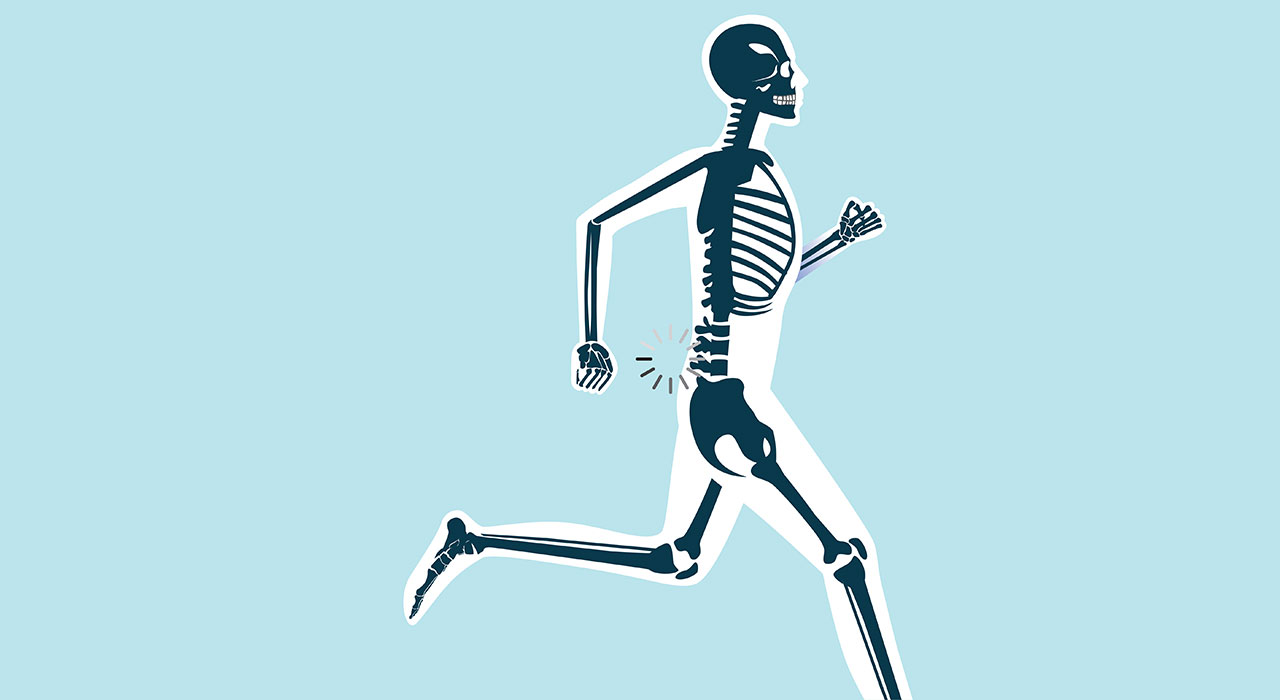Everything your chiropractor wants you to know about staying strong and injury-free when you decide to enter a long or short distance running event.
Be prepared
Signing up for an event such as a marathon is one thing, but completing it is another. And this sometimes has nothing to do with your level of fitness or your stamina, but rather your body. Make sure that all your joints, your back and neck, are in good health to sustain the training regime that you are about to put it through.
The best way to know if you are OK is to see a professional beforehand. Get a full body service – you wouldn’t take a car on a long car journey if the bodywork was about to snap, so treat your body similarly.
Get your technique corrected ASAP
One culprit between runners with back pain has got to be technique. Too often patients find themselves with recurring aches and pains when running that is not necessarily caused by trauma. Instead this is a result of repeatedly running with poor form. Running enthusiasts nearly always mention symptoms such as shin pain or lower back pain, or maybe even sciatica – an all-too common condition where nerve pain radiates down one or both legs.
When instructed to demonstrate their running form, nearly all individuals land with their heels first into the floor on each and every step and propelled off their toes. For those who believe this is the correct technique, picture yourself jumping off of a table to the floor with your heels first (please do not try this at home).
As you may have imagined, this is a completely inappropriate technique to absorb a landing, and in fact it creates more opportunity for injury as your heel bone itself does not absorb impact well. The same rules apply when we are running. Just imagine how the incorrect absorption of impact could affect alignment of our spines and the pressure through the discs. The best way to absorb impact when landing off a platform or when running is to lead with the balls of your feet when in mid-air and when making contact with the floor. The sequence will then be followed by the bending of the ankles and soon after the heel bone will make its contact.
This will appropriately distribute the shock impact through the knees, hips and back – subsequently reducing chances of injury. When running it will also allow the muscle to load up for maximum propulsion. The controversial hack for any marathon is, from now on, run on the balls of your feet. This will create less wear and tear around the entire body and make your marathon a smoother journey.
Take your time
There’s a staggering amount of people who rush into training without going through it gradually. Make sure that you allow your body to adapt to the changes and you don’t injure yourself in the process. A proper warm-up is crucial – there are tons of videos on YouTube which will take you through an effective preparation routine.
Likewise, allowing rest days to give your body a chance to recover could be the difference between finishing the marathon and not. Many runners forget that training really should be a case of quality over quantity. A long run every weekend is all well and good, but that then means that your body is permanently in a state of recovery, so your training during the week is below a great standard. Opt for high-quality training sessions, allow for your body to recovery after those long runs and remember that rest is also key.
Get some assistance
Supplements could be useful to make sure that the body does not run out of building blocks while repairing the injured tissues from the training. Celadrin is great for joint health as it helps lubricate the cell membranes that cushion the bones and joints. Likewise, L-Glutamine helps fuel muscles and can resist them from becoming sore during exercise.
Marathon runners put physical stress on their bodies, meaning that glutamine can deplete from your body – this is a great way to ensure that it is topped up.
Enjoy yourself
Whenever it is the time for the race, make sure that you push yourself beyond your limit. Chose races that offer a great location to enjoy long runs such as marathons – the crowds are great and the route is very picturesque – use this as motivation to drive you around the 26-mile course.
Follow your heart rate
There are now several smart health watches that runners can use to monitor their heart rate. Staying within the healthy ranges according to your age and level of fitness is important! The most basic way to calculate your maximum heart rate is to subtract your age from 220.
This is the absolute maximum that your heart should be beating during exercise. On this note, it’s important to remember that this is a marathon – not a race. Slow and steady is the best approach and don’t go off too quickly.
EXPERT: Dr Christian Allard DC
Clinic Director of the UK’s leading clinic for back pain, ProBack, gives his top tips for preparing your body for running a marathon.







